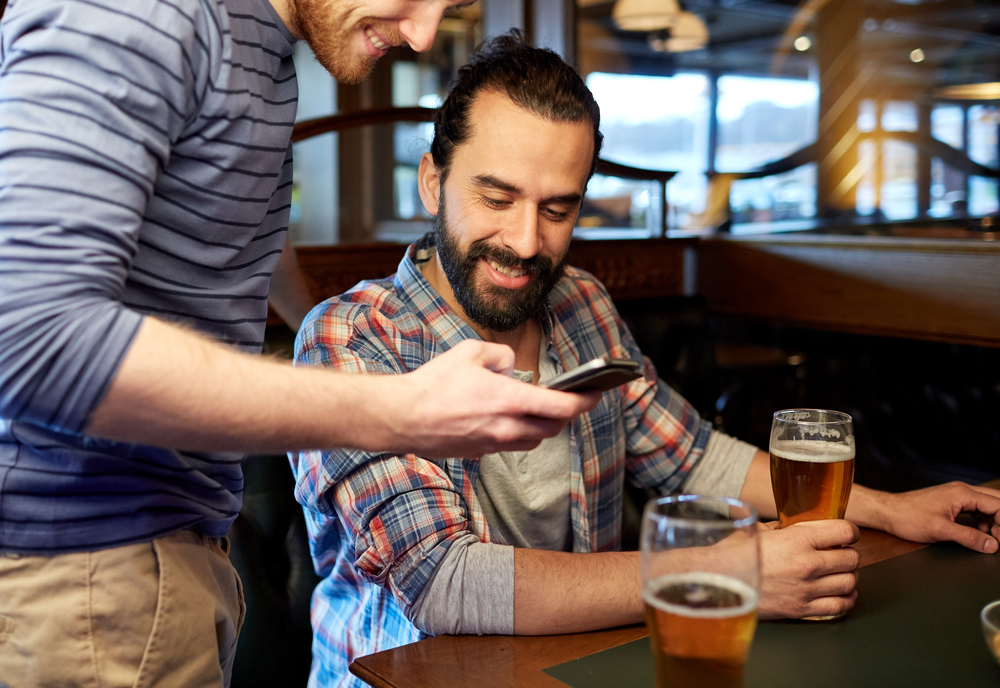Chanticleer Holdings, the owner of name brands such as Hooters, Just Fresh, the American Burger Company, and Little Big Burger, is just the latest of many restaurant industry giants to embrace customer-facing mobile apps for its customer loyalty programs.
And its motivation is straightforward enough.
Research by Bain & Co suggests that a mere 5% increase in customer retention can increase profits by 75%.
How Loyalty Programs Drive Revenues
Perhaps even more strikingly, 82% of restaurant loyalty program members say that they have referred at least one new customer. Get a 1000 people to sign up for your program and you can expect an extra 800 or so new visitors to your outlet.
And your members, moreover, are likely to be significantly higher spenders than your regular customers – perhaps by as much 67% a year, according to McKinsey.
But set-up your loyalty program in the right way and its business-building benefits will go much further than even these statistics would suggest.
That’s why Chanticleer brands, Hooters and Little Big Burger, are using customer-facing mobile apps to implement their loyalty programs. And why other well-known brands such as Friendly’s Restaurants are doing the same.
The Extra Loyalty Benefits of Customer-Facing Mobile Apps
The right app will also provide priceless data about your best customers’ spending habits, their menu preferences, and their preferred eating times.
Aggregate and analyze this correctly, and you have a powerful resource for the precise targeting of your marketing campaigns – all of which can be delivered through the app.
Better yet, your marketing will be the best kind of all, that which is based on the building of a relationship with your customers, and the provision of outstanding value.
You will know exactly what your customers are likely to want – and when – enabling smarter purchasing decisions. You will be able to anticipate birthdays, anniversaries and special events and offer appropriate incentives for bookings.
The combined effect of all these features is highly significant, because the research is clear that the cost of acquiring a new customer far exceeds that of persuading an existing one to visit again, to increase their average spend, or to try out a new menu item.
The Future is Clear
Even before COVID-19, it was evident that the viability of many restaurant businesses would depend on their openness to the adoption of new technologies – regarded by many of the crucial millennial and Generation Z demographics as an integral part of the dining out experience.
But the impact of the pandemic has thrown into even sharper focus the terrible fragility of the industry’s finances and made it clearer than ever that the early adoption of every available restaurant technology is key to survival.

